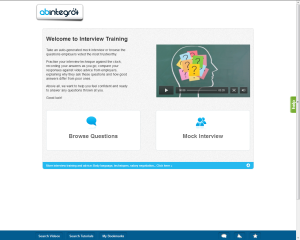My colleague Jo Fairweather has written this post on how to give effective feedback. Giving feedback is an important part of being a good colleague or line manager, and this post will also help you to reflect on what you want when you are asking others to give you feedback on your work.
We regularly give feedback in our lives. It could be writing a review on TripAdvisor, commenting on a colleague’s email or giving feedback on someone’s essay.
Considering your approach to giving feedback can help make you and the person who receives feedback feel more comfortable.
Reflect on your current approach to giving feedback. Are you on target, go in with a sledgehammer or avoid the issue for fear of upsetting the individual? The purpose of providing feedback is for the recipient to benefit from that new knowledge. Giving feedback is not about trying to change that person, be judgemental, or make them like you. Being aware of your natural response can help you analyse how you view feedback.
Be clear on what the feedback relates to. Be descriptive not interpretative. Feedback is like holding up a mirror to someone else. Try to keep personal opinions and concerns out of the message. Emphasise the “what” and “how” rather than the “why.”
Present a balanced view. Pay attention to giving both positive and negative feedback. Most people listen out for and remember negative feedback received first so a good balance is important.
Put yourself in the other person’s place. Assess the readiness of the other person to make use of what you say. Pick your time and place. Consider if the feedback will be given face to face. Receiving feedback via text, email, or phone can affect the tone and lead to misinterpretation.
Be specific rather than general. Stick to concrete examples you have noticed and be aware of getting side tracked by unrelated matters. For example, if you are being asked to comment on the tone of an email don’t start commenting on the spelling too.
Be direct and courageous. You may feel uncomfortable saying something unpleasant to the person. Remember your intention is to be helpful. Keeping information from the person can be more harmful than telling them.
Say your information and let it go. It is up to the person what they do with your feedback, don’t be offended if they don’t take it.
By following the above principles you will become more comfortable in giving feedback.



